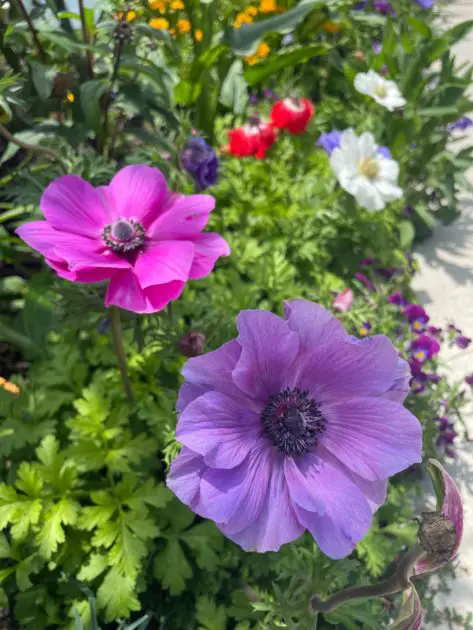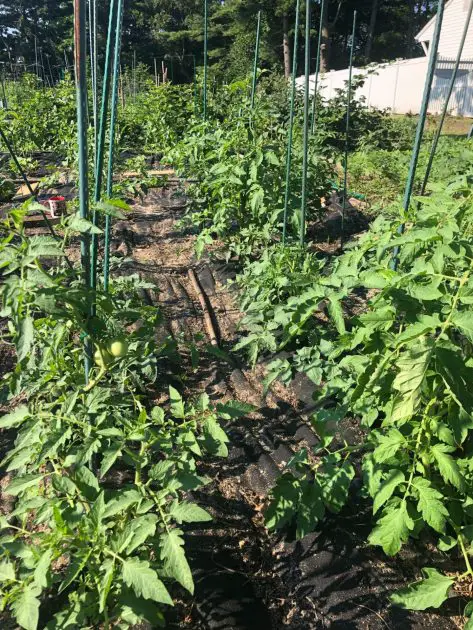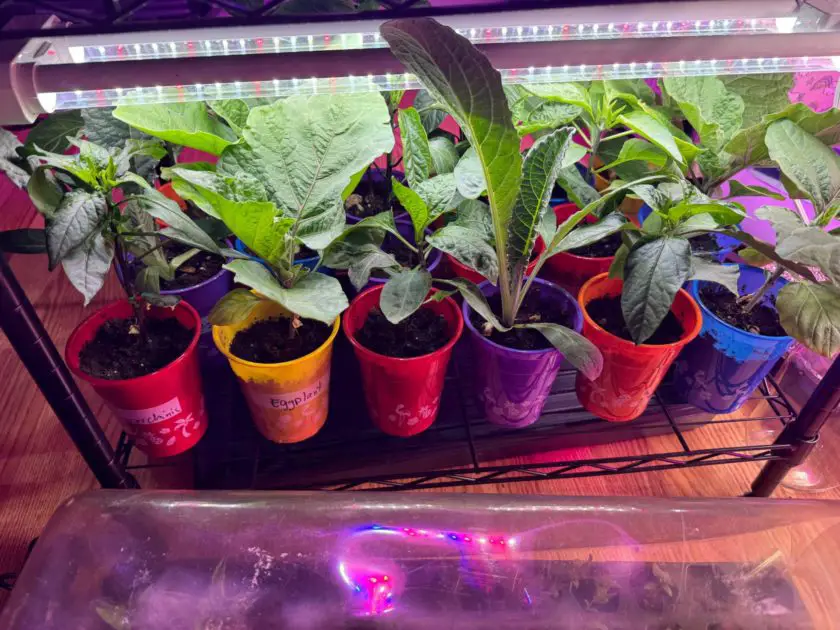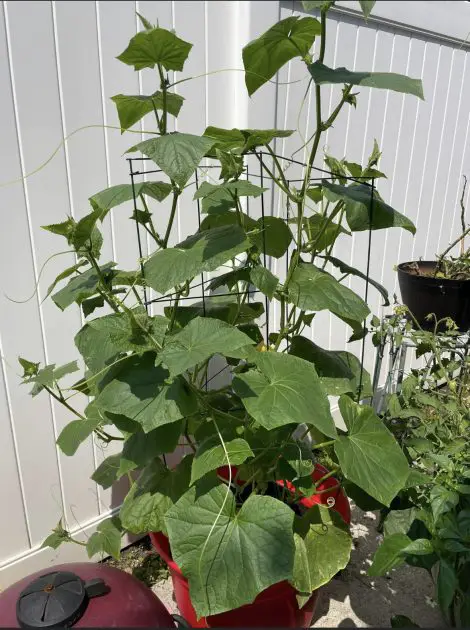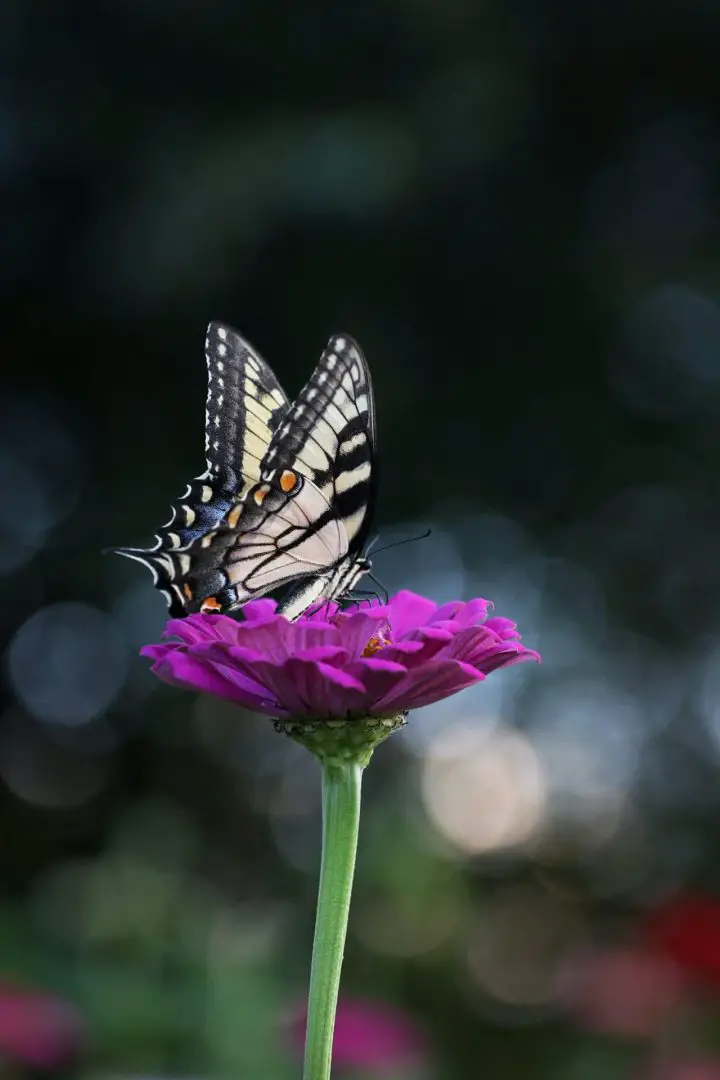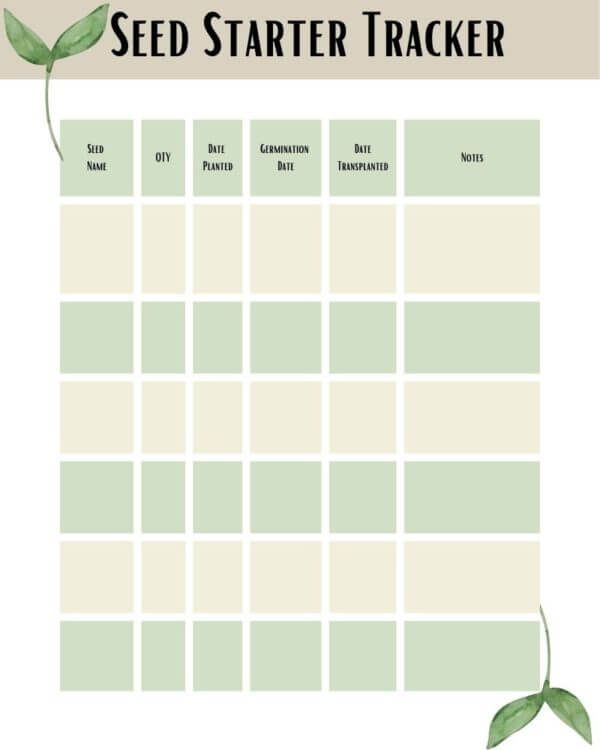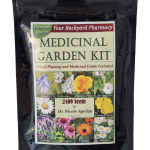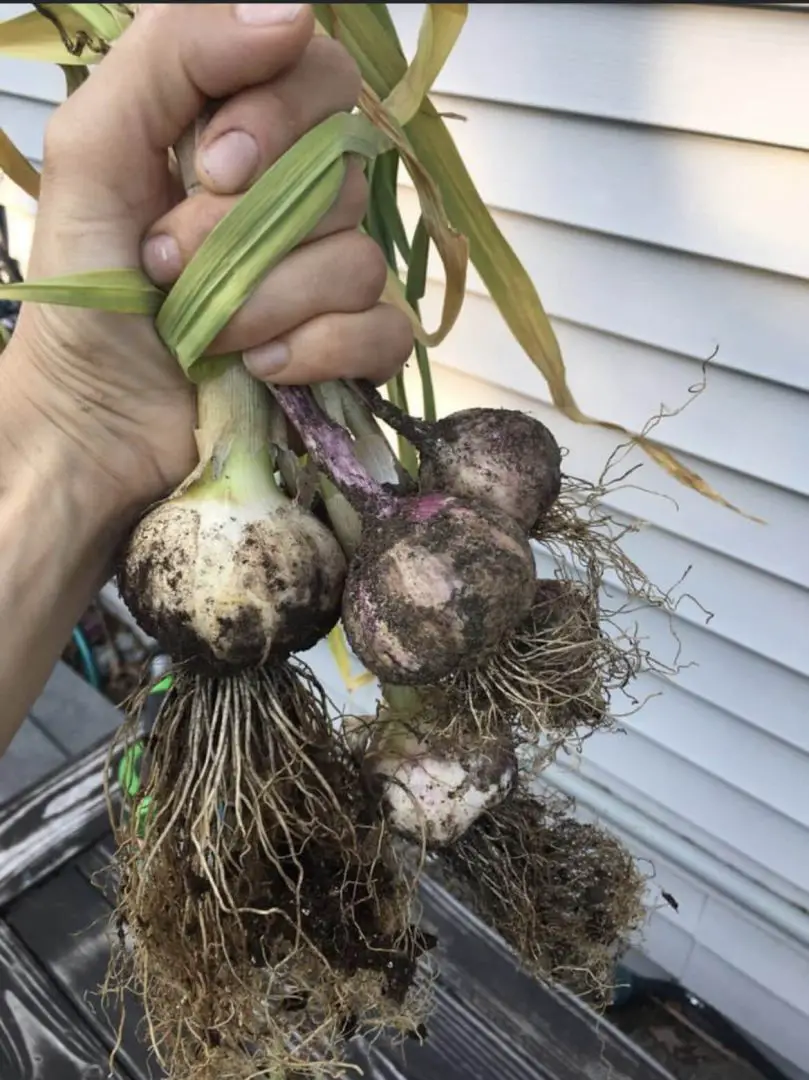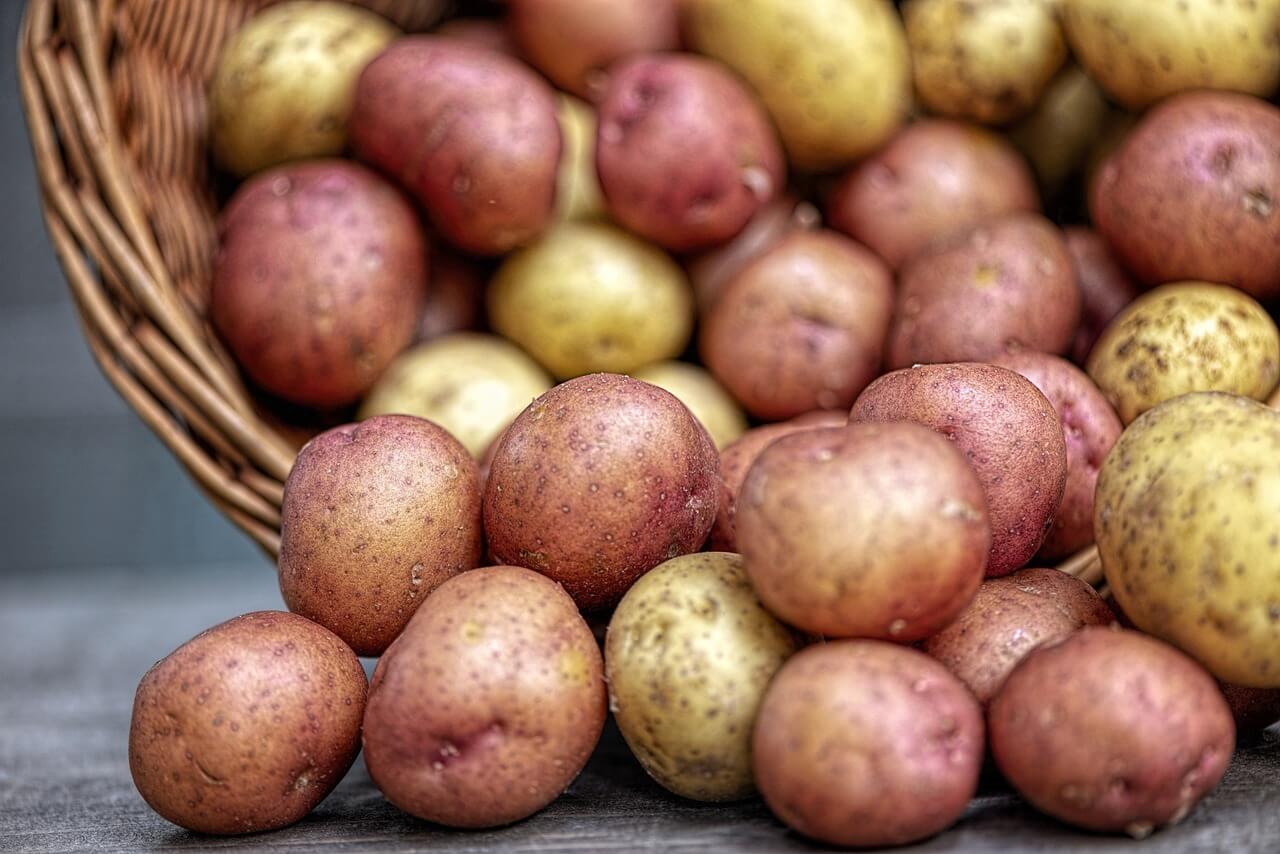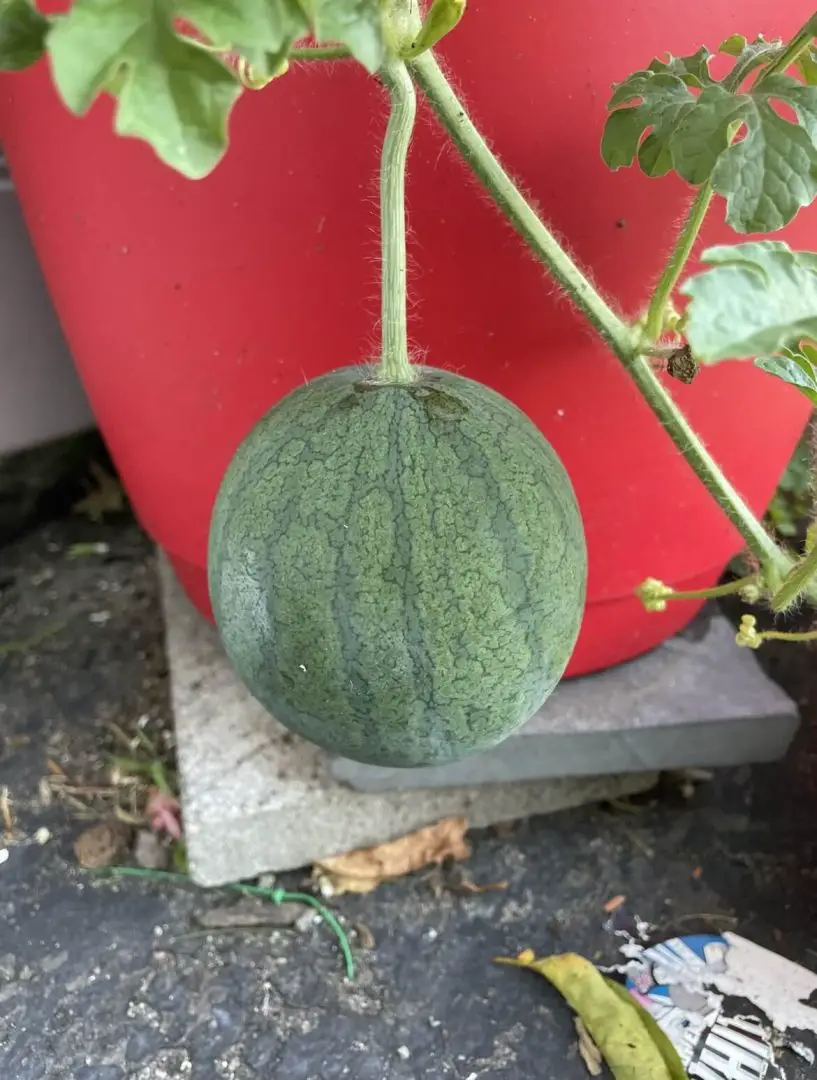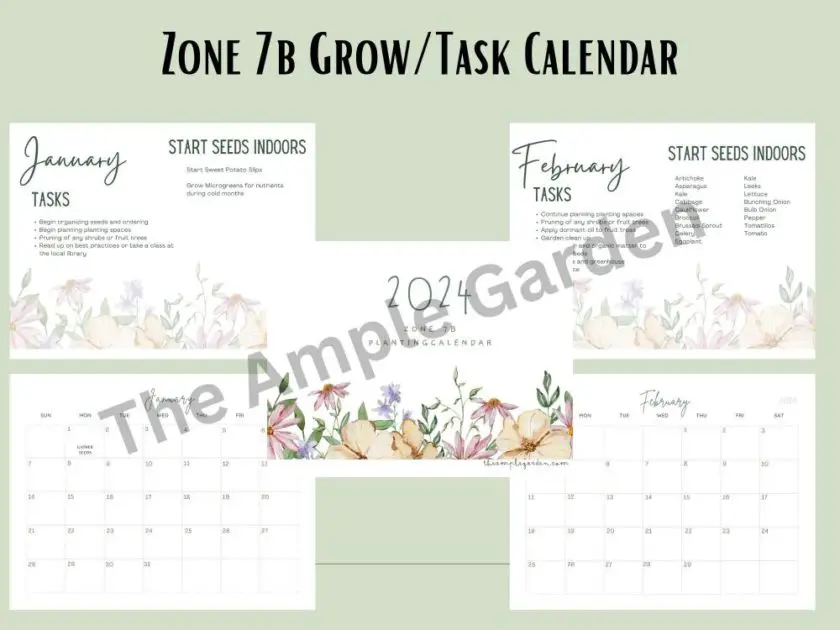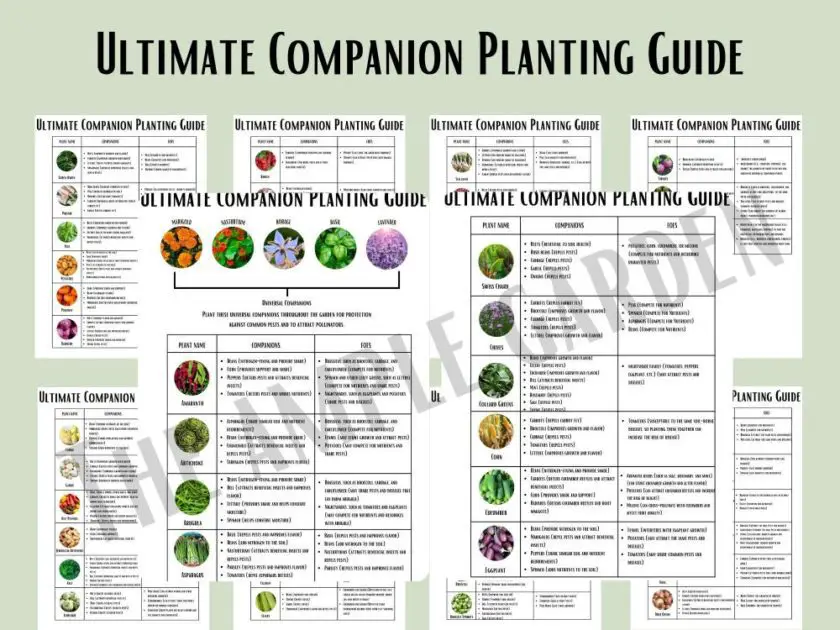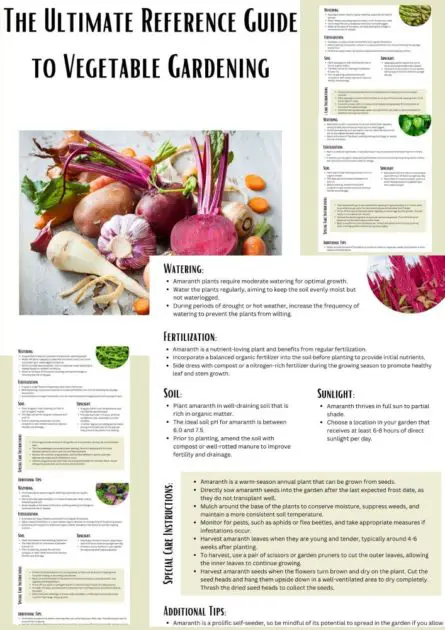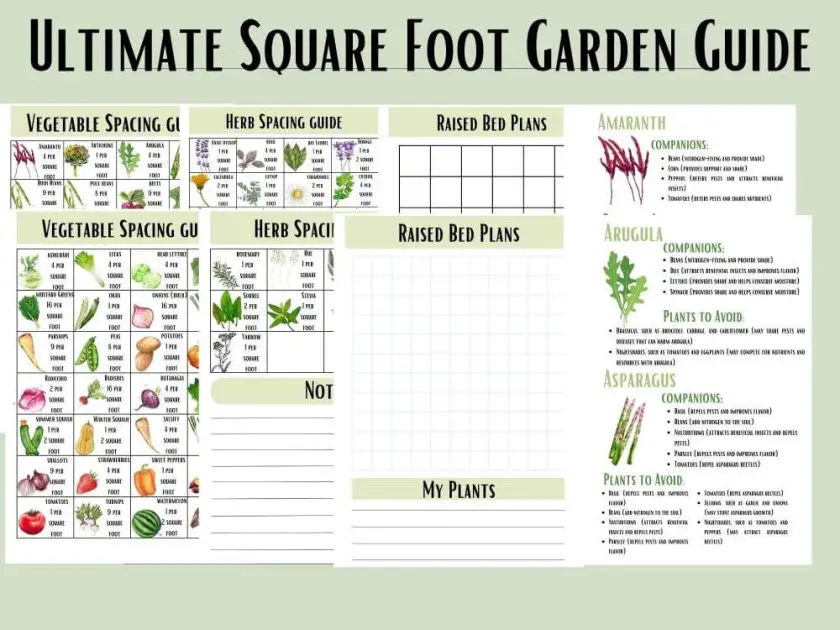The fist time I saw anemone flowers, they stopped me in my tracks. Here were these gorgeous, elegant flowers jutting out of a sea of green. I knew I had to have them in my own garden scape and set out to do just that. If you are here reading this blog post, then you too must have encountered these beauties. If you are wondering how to grow anemone flowers bulbs, I got you covered. In this comprehensive guide, I’ll walk you through the practical steps of selecting, planting, and nurturing your anemone bulbs, so you can enjoy a flourish of colors come bloom-time. I’ll discuss soil preparation to the final touches in care, so that you can learn how to grow anemone bulbs for a breathtaking garden display.
Key Takeaways
Larger anemone corms often lead to more robust plants, whereas smaller corms extend the blooming season, and selection of bulbs impacts the color, size, and bloom timing in your garden.
Properly preparing anemone corms for planting by soaking and optionally pre-sprouting can stimulate healthy roots and encourage an earlier and more vibrant blooming season.
Anemones require well-draining, nutrient-rich soil, at least four hours of sunlight daily, and protection from extreme temperatures, pests, and diseases to flourish.
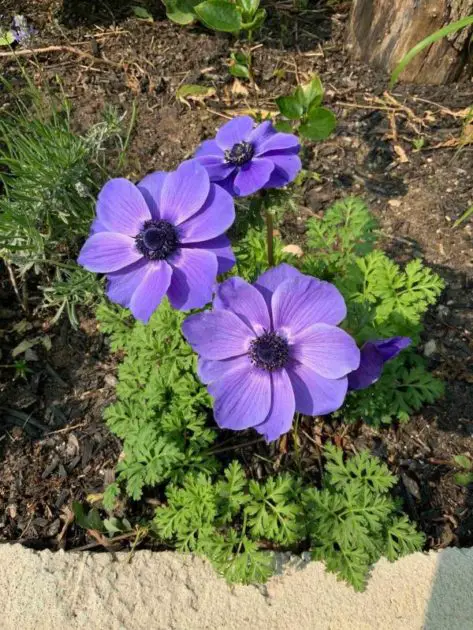 PinPin
PinPin Helpful Items When Planting Anemone Bulbs
Choosing the Right Anemone Bulbs
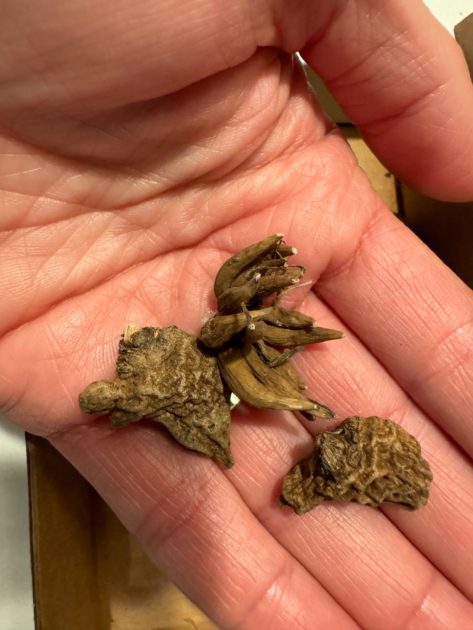 Pin
Pin Selecting anemone bulbs is akin to setting the stage for a mesmerizing display in your future garden landscape.
These bulbs, called corms, not only define the color scheme, but also dictate when and how lusciously the blooms will unfurl their beauty. Anemone coronaria, or Poppy anemone, offers a breathtaking array of flower whose origins can be traced back to sunny Mediterranean terrains. The bulb you choose embodies the promise of what’s to come: each one foretells the emergence of its own unique flower that together with others will create breathtaking, seasonal harmonies.
Making a choice about which anemone corms—these being tuberous roots from which these plants sprout—to plant within your garden soil is an exciting step for any horticulturist. Whereas all bulbs promise the gift of enchanting flowers, it’s important to note that larger bulbs will produce more lovely flowers.
Their stems will be stronger, and they produce more vibrant displays in your anemone plant. With shades ranging from deep passionate reds through serene blues all the way up to beloved whites accentuated by striking black hearts—the assortment available within this species spans broadly offering undeniable charm. These decisions lay down the foundational strokes of your garden’s canvas.
Factors to Consider
When choosing anemone bulbs for your garden, bear in mind both their aesthetic impact and pragmatic aspects. What color scheme are you after for your garden scape? What other flowers will you plant nearby? Anemone flowers come in a vast array, so the sky’s the limit here.
If you appreciate the refined beauty of cut flowers, opt for taller varieties such as Jerusalem, Galilee, and Meron. These imposing blooms will not only make a striking visual statement in your outdoor space, but also adapt splendidly to vase arrangements indoors.
Preparing Anemone Corms for Planting
The first time I opened a bag of anemone corms, I was a bit disappointed. I thought for sure I had purchased a bad batch. Why were they so hard? They felt, and looked, like tiny, shriveled up rocks.
Little did I know that to awaken anemones from their slumber, and to prepare them for a splendid spring showing, they require a bit of encouragement. This involves soaking the anemones in room temperature water for several hours—between 3 to 4—which will not only discourage rot, but also promote vigorous root growth essential for the early spring emergence of blossoms. After this soak, you’ll notice the corms have expanded significantly in size, indicating their eagerness to burst into bloom.
If your heart is set on witnessing your garden’s anemones flourish as soon as possible, pre-sprouting the corms is needed.
This involves planting these now-soaked corms into moistened peat mix giving them a head start within the growing season timeframe. Nestled inside seed trays maintained at a cozy 50°F (10°C), roots will develop sturdy and strong—a solid foundation that contributes to starting off blooming sooner while ensuring enhanced vibrancy when in flower.
Early attention like this has profound effects that last throughout each stage of life for your anemone plants—from sprouting beginnings right up until each awe-inspiring flower head unfurls its full glory.
Selecting the Ideal Planting Site
To successfully grow anemones, it’s imperative to provide a nurturing environment that meets all of their needs. The soil should be well draining allowing excess water to drain rapidly following a rainfall. We want to avoid the potential disaster of lingering moisture which could prove fatal to your anemone bulbs. However, adequate drainage alone is insufficient. Enriching the soil becomes crucial in offering the nutrients necessary for fueling the growth and splendor of your anemone plants.
Light exposure plays a pivotal role as well – similar to performers thriving under optimal lighting conditions, these plants require sufficient sunlight to flourish. Ensuring they receive at least four hours of direct sunlight daily is ideal, but also incorporate periods of partial shade into their routine. This combination sets up prime conditions conducive to the blooms’ development.
By combining nutrient-rich, well-drained soil with judicious sun exposure, you can effectively cultivate healthy anemones and orchestrate a stunning floral spectacle within your garden that promises awe-inspiring beauty to all beholders.
How to Grow Anemone Bulbs: A Step-by-Step Guide
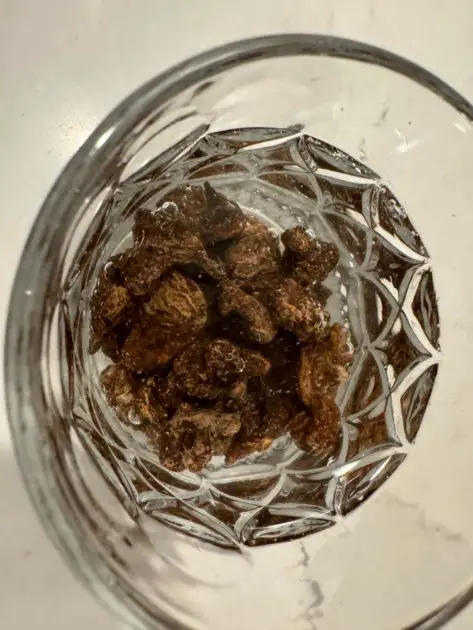 Pin
Pin Here’s a guide on how to plant anemone bulbs:
-
Begin by soaking corms 3-4 hours before planting.
-
Carefully position the corms with their pointed ends facing downward, about one inch beneath the soil’s surface.
-
Consider spacing them 4 to 9 inches apart so that each has ample space for growth.
-
The size of your corms will influence outcomes: larger ones tend to produce more robust plants whereas smaller ones can extend the flowering period at the cost of later blooms.
-
Keep corms moist and watch for growth.
Soil Preparation
Your garden’s soil should serve as a nurturing bed for your anemones, similar to the way a cradle supports a baby.
To ensure proper drainage—critical for the well-being of your anemone bulbs—incorporate substances like peat or bark.Enrich the earth with organic matter—it is packed with essential nutrients and helps maintain appropriate moisture levels without causing water stagnation. I have my own composter and this has turned out a priceless addition to my gardening world.
By spreading 2 to 3 inches of compost and evenly mixed organic fertilizer onto your garden beds, you will lay down a foundation conducive for moist potting soil that fosters abundant growth. To read more about my composter, check out my post here.
Such thorough and meticulous preparation of the ground is truly a dedicated act which reduces future needs for maintenance while allowing plants to thrive independently. Bolstered by the nutrient-rich environment provided by their surroundings, you anemone flowers will thank you with a stunning display.
Planting Techniques
The process of planting anemones is quite easy and adaptable to your space. Anemone’s are capable of complementing various garden designs.
If you’re opting for container gardening, select pots that facilitate excellent drainage and allocate adequate space for the growth of each corm – typically 3 to 4 per 5-gallon pot should suffice. They should be a little closer than in-ground planting but at the same time there should be no contact between individual corms. Thorough watering post-planting lays the foundation for robust early growth stages. Keep the corms moist.
As an alternative to pots, crates can serve as a unique substitute for standard garden beds if one prefers something less conventional. This option not only infuses your space with quaint charm, but grants you the convenience of portability and efficient use of the area.
Whichever route you choose, it’s crucial that the chosen method aligns with both what the plants need and fulfills your personal creative ambitions in gardening.
Caring for Your Anemone Plants
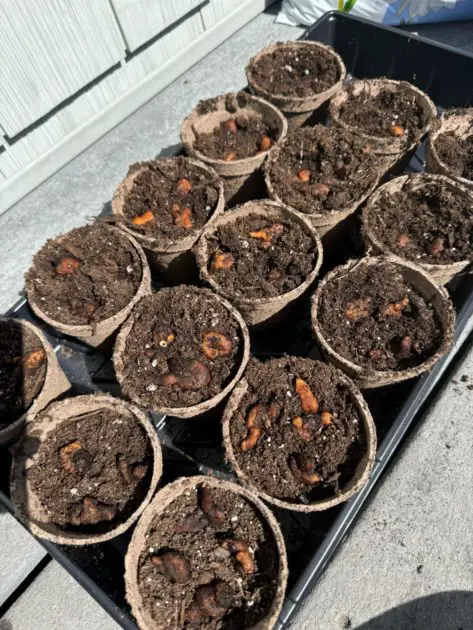 Pin
Pin Watering and Fertilizing
Every plant relies on water for survival, and anemones are no different. These plants have a particular affinity for damp soil conditions, especially when natural rainfall is insufficient. To maintain the ideal balance of moisture in the soil—ensuring it’s neither overly saturated nor parched—you must step in to provide adequate watering if less than one inch of rain falls weekly. It’s crucial to keep the soil uniformly moist.
With spring comes a season ripe for cultivating your garden and it presents an excellent chance to enhance your plants’ growth with nutrient-dense compost applied as top dressing. Giving some additional liquid nutrients during early summer can stimulate varieties that produce large flowers so they might reach their peak display come blooming time.
Use fertilizers judiciously based on both specific soil requirements determined through testing and attentive observation of your plants’ growth stages. Proper timing and dosages will help you foster anemones that truly stand out beautifully amidst any setting.
Pest and Disease Management
In your garden, a place of retreat, it is essential to guard against pests and diseases that could harm your anemone plants.
That being said, if your garden doesn’t have bugs, you’re doing something wrong. Aphids, whiteflies, and slugs are particularly drawn to these flowers and pose common threats. Nematodes can be especially destructive, even though they’re less obvious. Their presence results in twisted leaves and deformed blooms which detract from the aesthetic of your garden’s blossoms. When foliar nematodes attack anemones, eradicating and disposing of the infested flora proves most effective since chemical treatments often fall short.
Conversely, fungal issues such as leaf spots or mildew may occur yet with a well-informed gardener at the helm. Thankfully, anemones are resilient and these problems typically remain manageable nuisances rather than major crises. Adequate maintenance ensures that despite potential setbacks delivered by nature’s elements, your robust collection of anemones continues to thrive beautifully within its cultivated space.
Harvesting and Enjoying Anemone Flowers
 PinPin
PinPin Anemone flowers make a great addition to a cut flower garden. Gathering anemone flowers from the garden is a delightful task that requires finesse. As a rule of thumb, you will want to cut your flowers in the morning.
As you make your way into the garden to reap anemones, aim for those whose buds have not yet blossomed fully. This stage of near-opening is when their petals possess optimum toughness, fortified by the night’s chilly touch. Harvesting them before they open wide can help maximize their vase life and prolong the enchantment they add to any space.
To ensure you harvest these blooms properly and maintain their form:
Identify stems with at least a quarter-inch gap between where the flower head begins and its surrounding leaf collar.
Execute a sharp cut right at ground level while being gentle with your approach—rough handling may break these fragile beauties.
Place freshly-cut stems immediately into fresh water without allowing moisture on the flower heads as this could lead to discoloration.
Keep your harvested anemones in a cool, shaded area during day one. Some like to refrigerate them on day 1. It’s vital in helping extend their freshness up to ten beautiful days within vases or floral arrangements for all to enjoy.
Harvesting Tips
Timing is crucial in the harvesting of anemones. The key indicator for when they’re ripe for cutting and arranging on stage is the leaf collar—the green embellishment right beneath the bloom.
Once this feature sits about a quarter-inch underneath the flower, your anemones are at their prime.
As you tend to these blooms, it’s essential to be as soft-handed as a gentle in order to maintain their brilliant hues and fragile petals during the flowering process.
Vase Life and Care
After being picked, anemones make the vase their new habitat and proper attention can significantly extend their time of their splendor.
The longevity of these flowers in the vase is greatly enhanced by commercial flower food, which serves as a potion to maintain their vibrance for about seven days.
To maximize the duration of your flower’s freshness, it is advisable to shield them from intense direct sunlight by situating them in cooler spots.
If one aims to preserve these blooms at peak condition for even longer periods, transferring them into the refrigerator overnight and refreshing their water every couple of days—along with trimming the bottom of their stems—can be very beneficial. These straightforward steps are pivotal in ensuring that your flowers remain hydrated and maintain a dignified appearance throughout their extended lifespan.
Overwintering Anemones: How to Protect Your Bulbs
When the winter air grows cold and daylight dwindles, safeguarding your anemone bulbs becomes a priority. In regions where frost blankets the landscape in a frosty sheen, it is essential to protect these bulbs from the harsh conditions by utilizing a frost cloth. In zones, 2-7, once their foliage has died back, excavating and stowing away the corms within your home’s cozy confines will preserve them until spring’s warmth returns for them to flourish under sunny skies.
In gentler climates, zones, 8-12, less stringent measures can ensure healthy anemones.
Prune back the plants and lay down mulch as insulation against colder temperatures.
Should you be nurturing potted anemones, shift them into sheltered areas like cool greenhouses or sheds.
This cyclical care ritual promises that with spring’s approach, your anemones will burst forth anew to signal its onset.
As winter wanes gradually reintroduce sunlight exposure to your overwintered anemone corms starting late February—a preparation for their resplendent rebirth in the year ahead.
Propagating Anemones: Expanding Your Collection
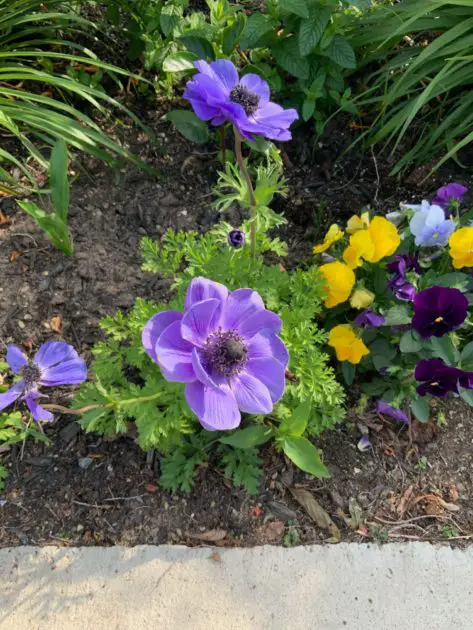 Pin
Pin As the anemones in your garden thrive, you might feel inclined to extend their splendor throughout your space. The secret lies in propagation, a process of continual rejuvenation that results in more lively and vivid flowers.
When the anemone’s period of dormancy arrives during summer, take this opportunity to lift and separate their tubers. This is how you increase the bounty these blossoms provide. You can either replant these divisions straight away or store them somewhere cool and arid until conditions are ripe for planting.
For those species with rhizomatous roots like the noble Japanese anemone, division or taking root cuttings becomes a means to replicate them. Seeds carry potential too but need cold stratification within a fridge’s chill to unlock it fully. Once they’ve undergone this treatment, plant them carefully into fertile soil. Then comes anticipation as germination unfolds slowly by warmth’s touch.
Frequently Asked Questions About How to Grow Anemone Bulbs
Should I soak anemone bulbs before planting?
When should you plant anemone bulbs?
How do I protect my anemone bulbs during winter?
Can I grow anemones in containers?
How long do cut anemone flowers last in a vase?
Final Thoughts
The path to a stunning garden display is one of care, patience, and attention to detail. From the first soak of the corms to the final protective measures against winter’s chill, each step is integral to cultivating a flourishing display of anemone flowers. Embrace these practices, and you will not only grow anemones, but also cultivate a living work of art.
Let the colors and forms of these elegant flowers inspire you to create a garden that is a testament to your dedication. Remember the joy of the early morning harvest, the satisfaction of protecting your bulbs through the cold, and the excitement of propagation. With these insights and tips, your garden can become a haven of anemone blooms, a place where nature’s beauty is celebrated in every season. Happy gardening!

